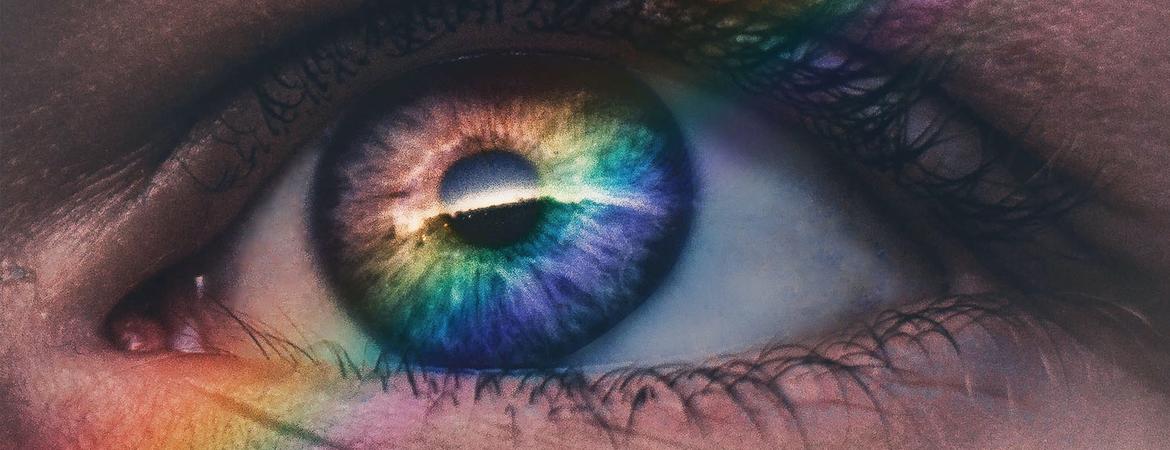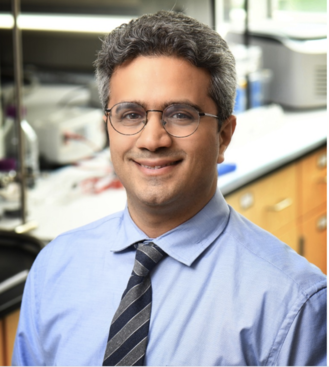
A biocompatible, antimicrobial adhesive for corneal repair and grafting could replace sutures and conventional adhesives with bad side effects.
Iman Noshadi, an assistant professor of bioengineering in UC Riverside’s Marlan and Rosemary Bourns College of Engineering, has received $250,000 from the National Science Foundation to develop an adhesive that rapidly integrates corneal cells to speed healing and reduce the chances of secondary infection and complications that increase the risk, cost, and healing time of eye injuries and corneal transplants. Noshadi hopes to have the product on the market by 2026.
Of the 2.4 million eye injuries yearly in the United States, 600,000 are open globe corneal tears, leading to blindness in 50,000 cases. There are also around 40,000 corneal grafting procedures performed each year in the United States and 185,000 annually. The current standards of care for corneal repair are sutures and cyanoacrylate glue, both of which are associated with complications and costs, during and after the procedure.
Sutures, used for larger tears and grafting, can cause astigmatism, vascularization, and infections. Cyanoacrylate glue, which is not FDA approved, can be used only for tiny perforations, has low biocompatibility, cytotoxicity, opacity, and causes infections and cataract - all needing additional care and cost.
“There is no FDA-approved material platform to replace the present techniques for corneal repair effectively,” said Noshadi. “Our technology addresses all these issues, resulting in reduced operative and post-operative costs.”
The UC Riverside product should solve these secondary problems with its biocompatibility, high adhesion, flexibility, and high strength. It will not accidentally loosen or fall off and its antimicrobial properties will help prevent infections. Because the adhesive is transparent, it will help restore vision more quickly, as well.
The new material is a biodegradable polymer that combines a choline-based ionic liquid—an organic salt with high water solubility and electrochemical properties— with polyethylene glycol, a biocompatible compound widely used in medical applications. These adhesives can adhere quickly and strongly to the tissues. Its biocompatible nature allows long-term regeneration of corneal cells.
“Our gel will result in a safer procedure that will improve the patient’s quality of life with better health outcomes by preventing visual acuity loss or blindness. The simpler procedure will save time, reduce operative costs, and eliminate corrective surgery and need for extensive post-operative care,” said Noshadi.
With the funding, Noshadi’s research group will test the material’s tissue adhesion, biocompatibility, flexibility, transparency, and antibacterial properties. Then, the researchers will test its performance on corneal tears and study its effects on corneal cells, as well as the migration of corneal cells into the bioadhesive over time.
When the UC Riverside corneal adhesive is approved for the market, Noshadi expects its lower cost, superior wound healing properties, and reduced medical costs related to side effects to improve access to high-quality treatment for eye injuries and conditions requiring surgery. For example, corneal transplants, necessary to prevent blindness for some congenital diseases and other issues, are expensive surgeries with lengthy recovery times and high risk of infection or other complications due to ruptured sutures or non-biocompatible adhesives. The new adhesive could make these surgeries more affordable, less dangerous, easier to recover from, and more available to people who need them.
Header photo: Harry Quan on Unsplash




